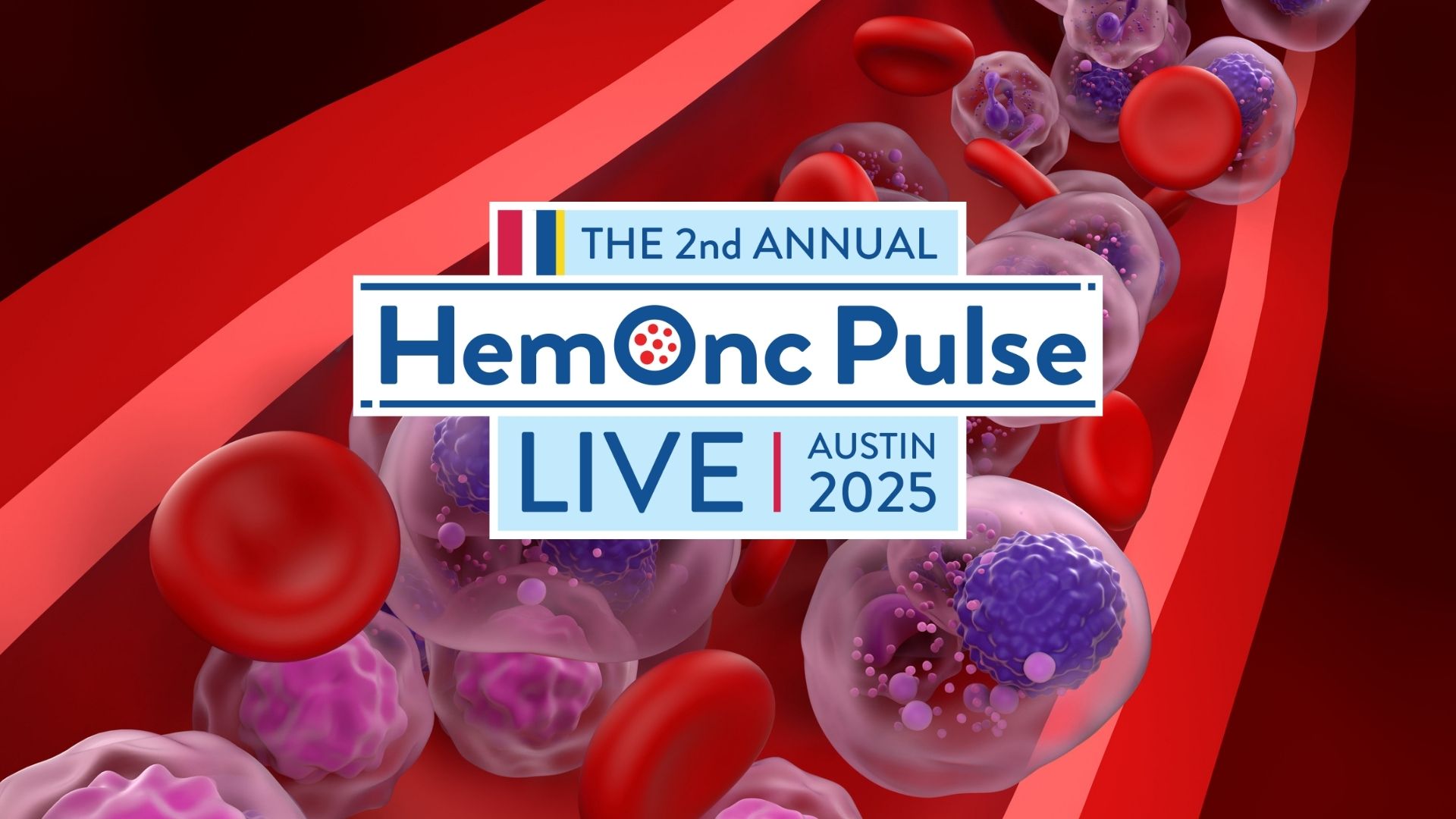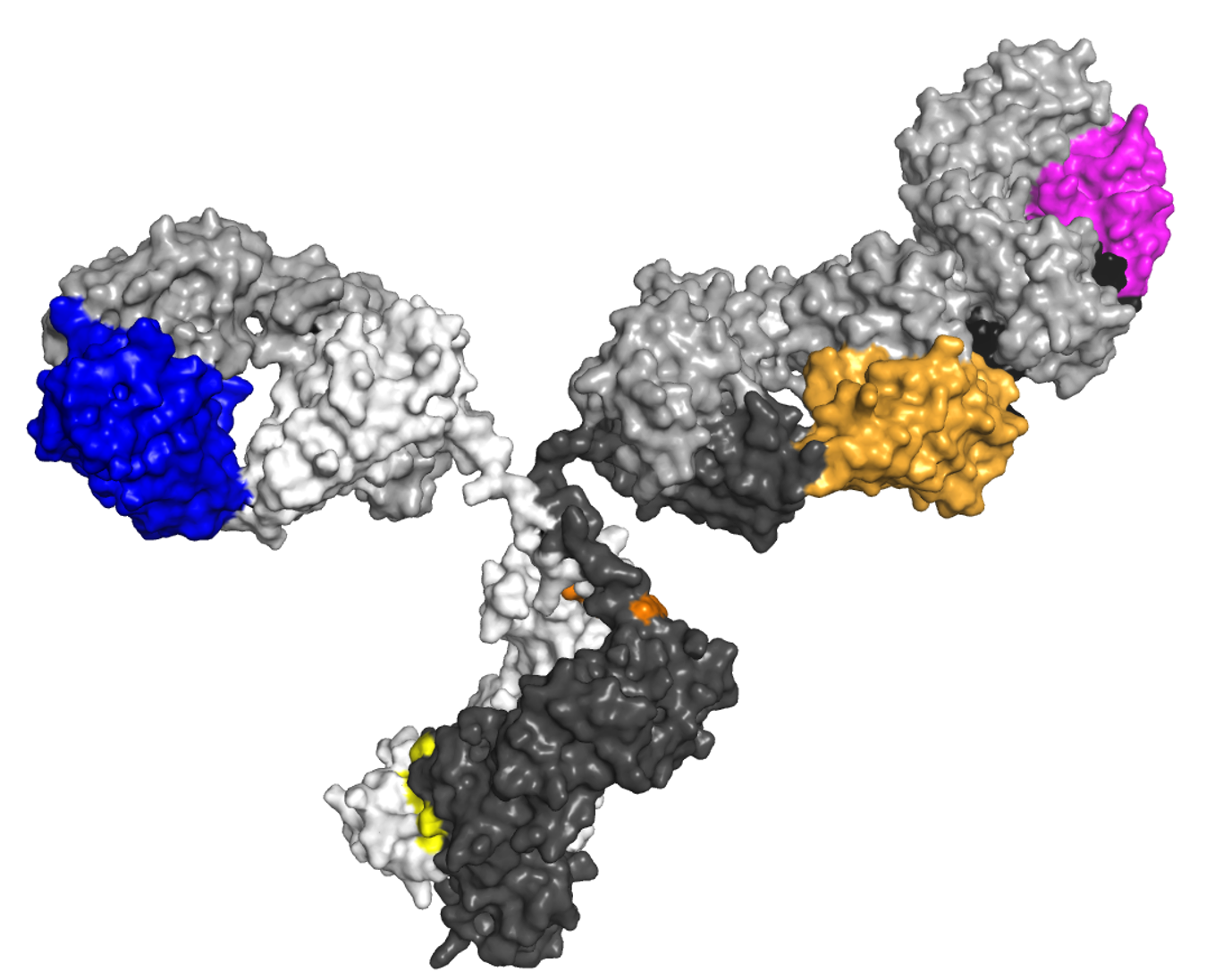
A study using whole-genome sequencing data found that patients with multiple myeloma (MM) with low genomic scar score (GSS) and chromosome 9 gain have a superior outcome and that traditional risk markers are not adequate to identify this subgroup of patients. The results of the study were published in the Journal of Clinical Oncology.
Researchers analyzed deep whole-genome sequencing data from 183 patients with newly diagnosed MM who were treated with lenalidomide, bortezomib, and dexamethasone alone or in combination with autologous hematopoietic cell transplantation in the Intergroupe Francophone du Myelome and Dana-Farber Cancer Institute 2009 study.
Allele-specific copy-number alterations were used to calculate GSS with the scarHRD package. Fifty-seven patients with total score ≤5 were considered as the low-GSS group. Whole-genome sequencing identified an average of 7,343 single nucleotide variants, 235 small insertions, and 376 deletions per patient. Mutational load significantly varied between MM subgroups.
“The timeline of observed activation of mutational processes provided the basis for two distinct models of acquisition of mutational changes detected at the time of diagnosis of myeloma. Virtually all MM subgroups have activated DNA repair-associated signature as a prominent late mutational process, whereas APOBEC signature targeting C>G is activated in the intermediate phase of disease progression in high-risk MM,” the researchers wrote.
Researchers identified a genomically defined MM subgroup, comprising 17% of newly diagnosed patients, with low DNA damage (low GSS with chromosome 9 gain) and a superior outcome, including a 100% overall survival [OS] at 69 months, which was validated in a large independent cohort. This subgroup allowed researchers to distinguish patients with low- and high-risk hyperdiploid MM and identify those with prolonged progression-free survival.
Genomic characteristics of this subgroup included lower mutational load with significant contribution from age-related mutations as well as frequent NRAS mutation. “Surprisingly, OS was independent of International Staging System and minimal residual disease status,” the researchers noted.
“Identification of this patient subgroup will affect future therapeutic algorithms and research planning,” the researchers concluded.






 © 2025 Mashup Media, LLC, a Formedics Property. All Rights Reserved.
© 2025 Mashup Media, LLC, a Formedics Property. All Rights Reserved.